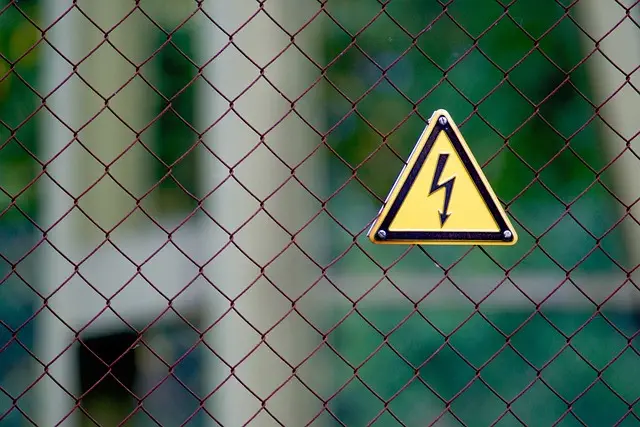Muscle soreness after exercise is caused by muscle damage and inflammation, exacerbated by factors like intense workouts or poor preparation. Growing kratom indoors offers a natural solution, as its analgesic and anti-inflammatory compounds may provide relief without pharmaceuticals. Indoor cultivation ensures access to high-quality, organic kratom leaves year-round, allowing customization of strain preferences for pain management or relaxation. This sustainable method involves providing specific growing conditions for Mitragyna speciosa, including well-draining soil, warm temperatures, high humidity, and bright light, with regular feeding for optimal leaf harvest.
“Experience lasting muscle soreness relief with kratom supplements, a natural herb gaining traction for its potential therapeutic benefits. This comprehensive guide delves into effective strategies for alleviating post-workout aches and pains. We explore ‘kratom’ as an alternative remedy, shedding light on how this powerful plant can provide natural pain management. Additionally, we offer a step-by-step guide to growing your own kratom indoors, empowering you to cultivate a consistent supply of this potentially life-changing herb.”
- Understanding Muscle Soreness and Its Causes
- Exploring Kratom as a Natural Remedy for Soreness
- Growing Kratom Indoors: A Guide to Harvesting Your Own Relief
Understanding Muscle Soreness and Its Causes
Muscle soreness, often felt as a sharp or dull pain, is a common response to physical exertion and exercise. It’s a signal from your body that certain muscles have been overworked or damaged, triggering an inflammatory reaction. This process, while beneficial for muscle repair and growth in the long term, can lead to discomfort and reduced mobility in the short term.
Several factors contribute to muscle soreness, including intense or unfamiliar workouts, overuse of specific muscle groups, inadequate stretching, and even environmental conditions like temperature and humidity. Growing kratom indoors, a practice gaining traction among enthusiasts, offers a potential solution for managing this discomfort naturally. By cultivating their own kratom plants, individuals can access this herb’s compounds, known for their analgesic and anti-inflammatory properties, to potentially alleviate muscle soreness without relying on pharmaceutical interventions.
Exploring Kratom as a Natural Remedy for Soreness
Kratom, derived from the tropical plant Mitragyna speciosa, has gained attention as a natural remedy for various ailments, including muscle soreness. This ancient herb has been used for centuries in Southeast Asia and is now making its way into modern wellness routines. One of kratom’s unique properties is its ability to interact with opioid receptors in the body, offering potential pain relief without the side effects often associated with prescription medications.
Growing kratom indoors allows individuals to access this powerful herb year-round, providing a consistent source for those seeking natural muscle soreness relief. With proper care and cultivation techniques, growing your own kratom plants can ensure high-quality, organic leaves free from potential contaminants. This method also offers the advantage of customizing your Kratom strain preferences, as different varieties target specific needs, be it pain management or relaxation.
Growing Kratom Indoors: A Guide to Harvesting Your Own Relief
Growing your own kratom at home can be a rewarding and sustainable way to ensure a consistent supply of this natural relief helper. Kratom plants, scientifically known as Mitragyna speciosa, thrive in indoor environments with specific care requirements. The process begins with selecting the right pot, filling it with well-draining soil, and choosing the optimal growing conditions—a warm temperature range between 70-85°F (21-29°C) and high humidity levels. Lighting is crucial; intense, bright light for at least 6-8 hours daily mimics their tropical origin.
Regular feeding with a balanced fertilizer every two weeks encourages lush foliage and abundant yields. As the plants mature, you can harvest the leaves, which contain the active compounds, by carefully plucking them to avoid damaging the plant. This DIY approach not only provides access to fresh kratom but also allows for control over cultivation methods, ensuring a personalized supply of relief tailored to your preferences.
In conclusion, while understanding the causes of muscle soreness is key, exploring natural remedies like kratom offers a promising path towards relief. Growing kratom indoors provides an accessible means to harness its soothing properties, allowing individuals to take control of their recovery process. By combining knowledge with practical guides, such as our growing kratom indoors tutorial, folks can experience the potential benefits of this ancient herb in modern times.






